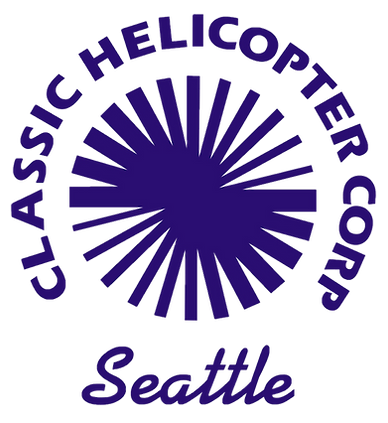COMMERCIAL PILOT CERTIFICATION COURSE
ROTORCRAFT/HELICOPTER | Robinson R22, R44, & S300
The FAA Commercial Pilot Certificate qualifies pilots to be financially compensated for piloting an aircraft. It is referred to internationally as a Commercial Pilot License (CPL). It is unlike the Private Pilot certificate, which is designed for recreational use. Furthermore, the PPL only permits the licensed pilot to share the cost of the flight. A CPL is the key to earning money through your service as an aircraft pilot. So, if you want to learn how to get your CPL, read on.

Course Details
This course includes three stages of training which must be completed consecutively. Those students coming to the US on a student visa must complete all three stages within 120 days each for a maximum course total of 360 days. Those students utilizing veteran benefits or the Alaska Student Loan Program must complete must complete all three stages within 180 days each for a maximum course total of 540 days.
MINIMUM COURSE REQUIREMENTS
-
Obtain an FAA Third Class Medical Certificate (VA students must obtain a Second Class Medical)
-
Pass an FAA Commercial Pilot Helicopter Knowledge Test
-
Hold a Private Pilot Helicopter Certificate
-
Pass an FAA Commercial Pilot Helicopter Practical Test
-
Obtain a minimum of 115 hours of flight time and 30 hours of ground instruction as per course outline
-
35 hours of dual instruction
-
Aircraft Rental - 35.0 hrs.
-
Instructor (Flight - Basic) –– 24.5 hrs
-
Instructor (Flight - Advanced) –– 5.0 hrs
-
Instructor (Flight - Stage Check) 5.5 hrs
-
-
10 hours of solo practice
-
Aircraft Rental -6.0 hours
-
-
70 hours of solo/PIC practice
-
Aircraft Rental - 70.0 hrs
-
-
30 hours of Ground Instruction
-
Instructor (Ground - Basic) –– 30.0 hrs
-
-
FOR VA STUDENTS ONLY: 42.0 hours of Preflight/Postflight
